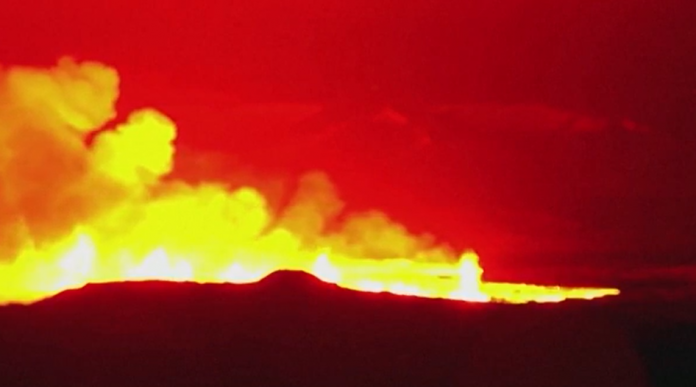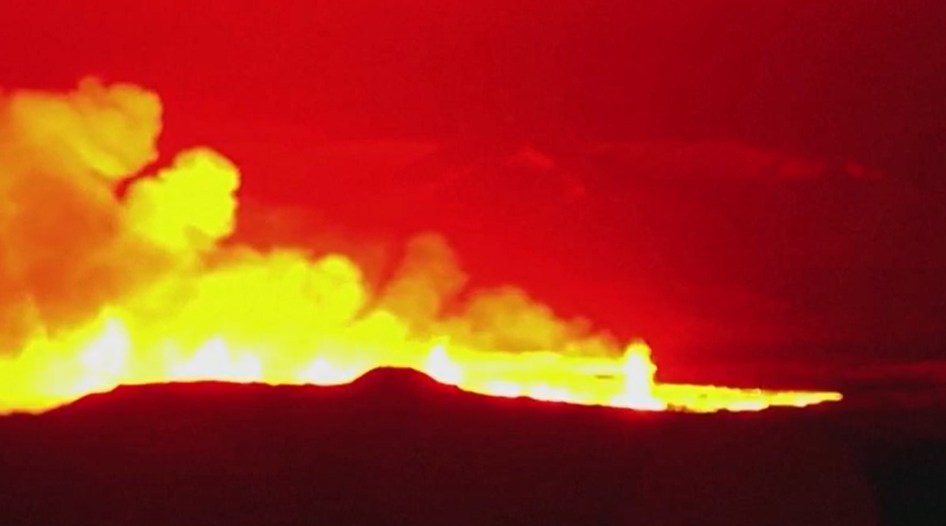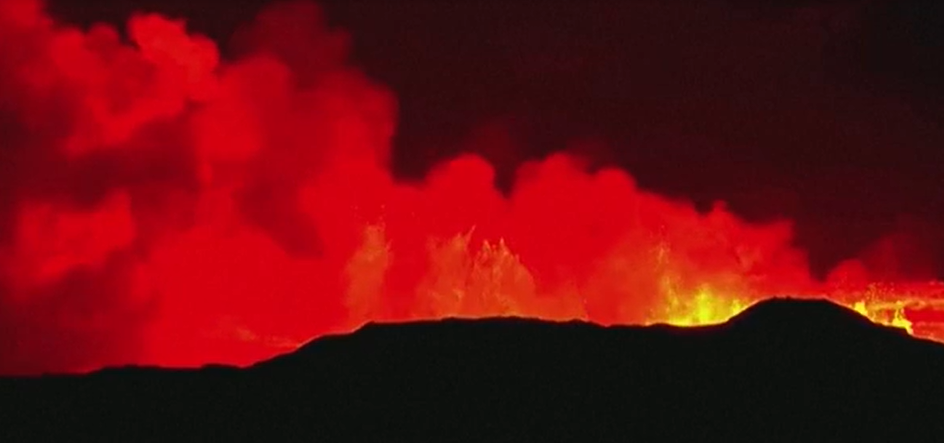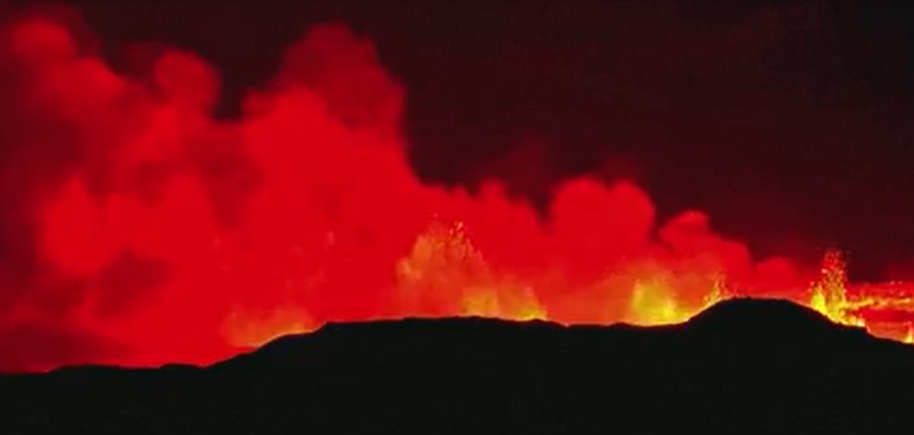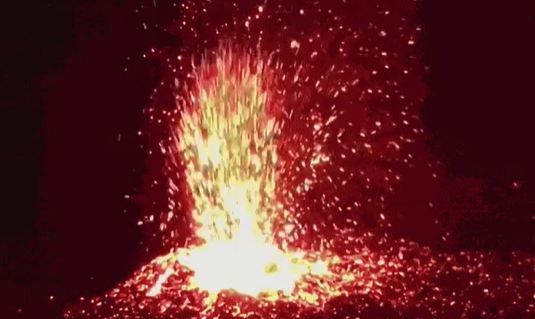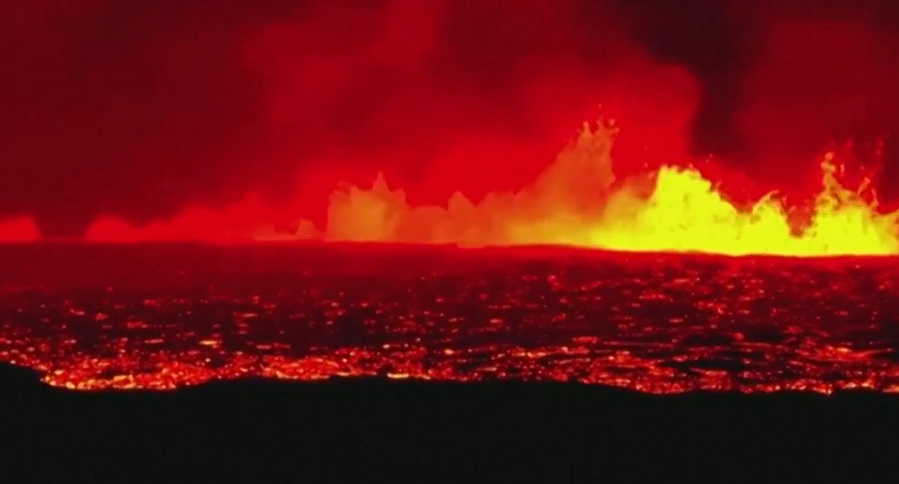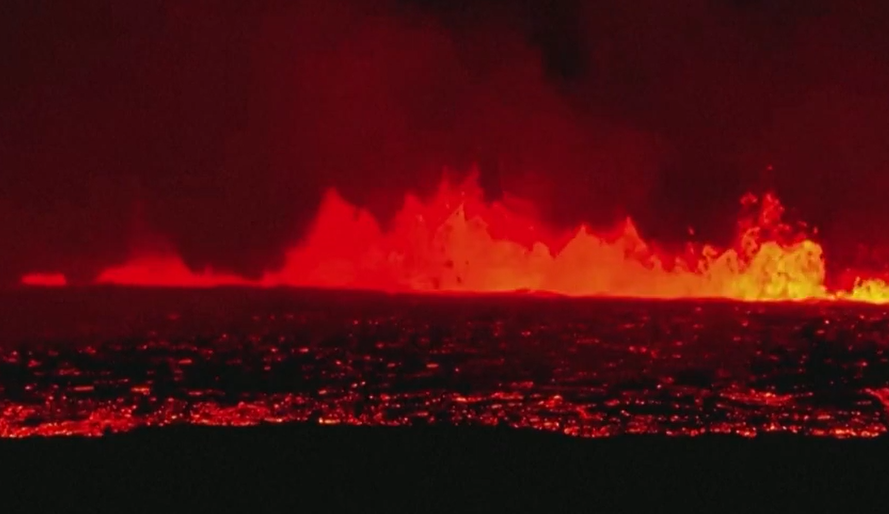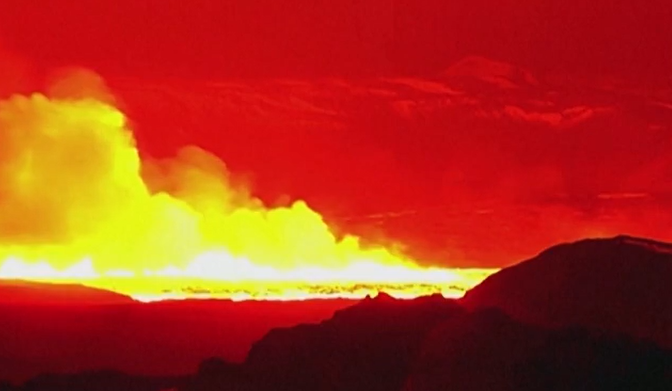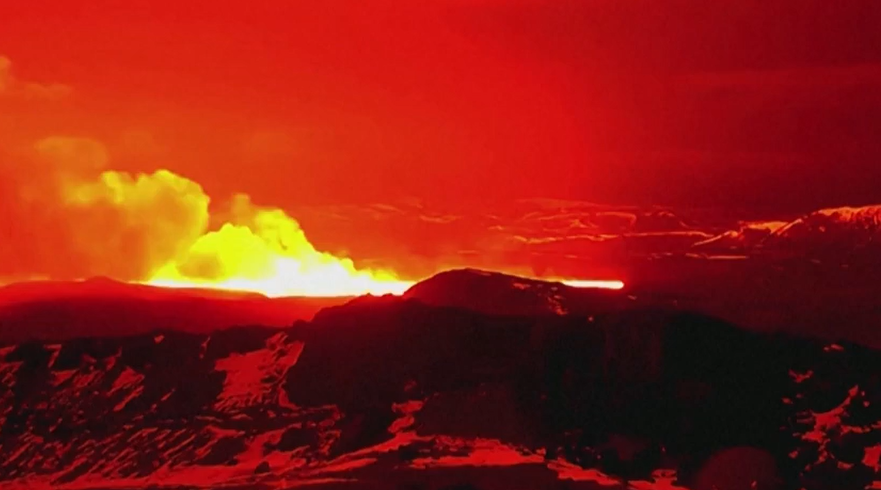The volcanoes on the Reykjanes Peninsula, in Iceland, remained dormant for 800 years, until they returned to releasing lava across the region in 2021. Since then, there have been at least seven eruptions.
++ Man who says he invented Bitcoin did not create cryptocurrency, judge rules
The last of them was on Saturday (16), when it was necessary to put up protective barriers to keep the lava under control.
“The eruption was quite energetic and a lot of material came out, more than in the previous eruption. So the lava was flowing very fast,” said Halldor Geirsson, associate professor at the Institute of Earth Sciences at the University of Iceland.
As a result, Iceland is an island in the North Atlantic with intense seismic activity. It lies between the Eurasian and North American tectonic plates and is also one of the most active volcanic regions on the planet, with 33 volcanoes or volcanic systems cataloged as active.
This story began after weeks of small earthquakes, a volcano on Fagradalsfjall mountain, just 30 kilometers from Reykjavik, erupted on March 19, 2021. The area is close to the famous Blue Lagoon hot springs resort.
The cause of the tremors was precisely due to the movement of large masses of molten rock, known as magma, a kilometer below the peninsula, trying to find a way to the surface.
++ Cancer mortality rate fell by up to 37% in 25 years in the United Kingdom, according to study
At the time of that eruption, an Icelandic Coast Guard helicopter took impressive images of the eruption, showing winding lava rivers. The eruption was active for six months and became a tourist attraction.
Now, in January 2024, a new eruption in the same region. And the lava reached the outskirts of the city of Grindavik, setting some houses on fire. Authorities had to build earth and rock barriers to try to stop the lava from advancing further.
Live-streamed video showed lava flowing just a few hundred meters from the fishing town of Grindavik.
Furthermore, this March the same volcano in the Reykjanes region, south of the Icelandic capital, erupted for the fourth time in three months.
The Icelandic Meteorological Service reported that a rift nearly two miles long had opened on the Reykjanes Peninsula.
